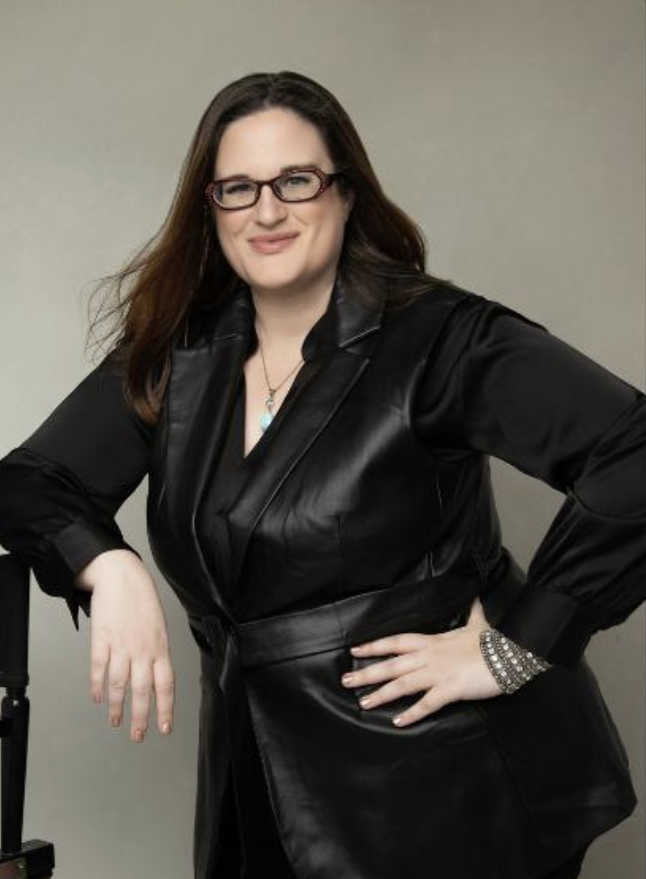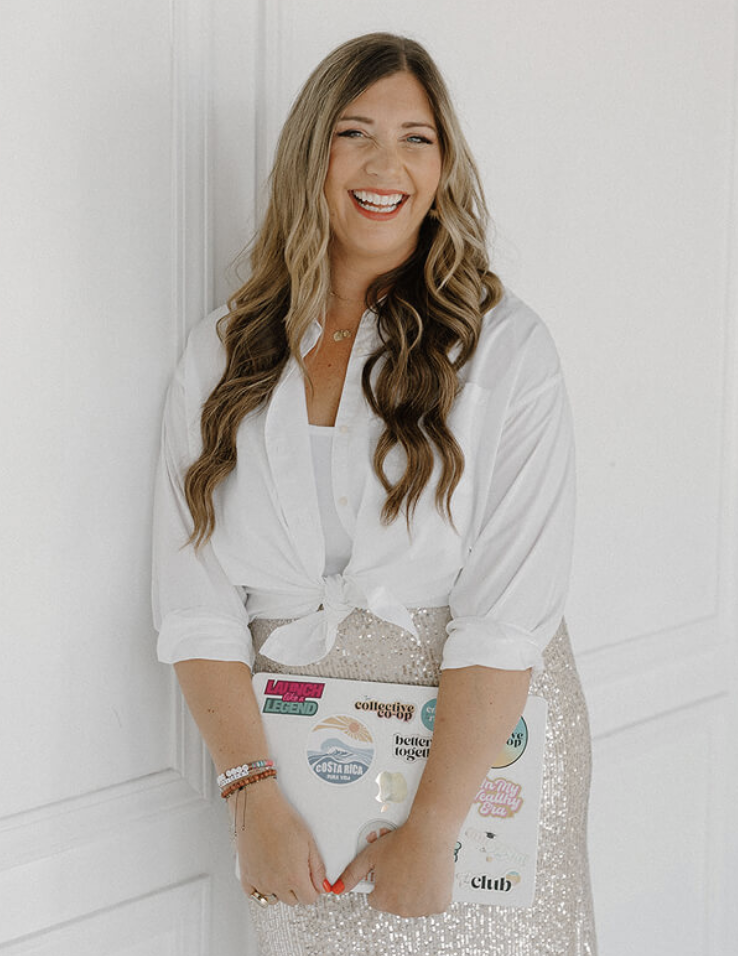80. How to Delegate Without Losing Control: Lessons from Tressa Beheim

Introduction: Why You’re Still Overwhelmed
If you’re a creative entrepreneur, you’ve probably whispered this to yourself at least once: “It’s easier if I just do it myself.”
That phrase might feel like efficiency in the moment, but here’s the truth: it’s the fast track to overwhelm. You didn’t start your business to be the bottleneck, yet somehow, that’s where most founders end up—trapped in admin tasks, decision fatigue, and late-night scrambles that kill both your creativity and your capacity.
On this week’s Accidental CEO Podcast, I sat down with Tressa Beheim, founder of Simplify Now. Tressa built her career helping creative business owners stop drowning in details and finally run their companies like CEOs instead of overworked employees.
Her story is the blueprint for how to delegate without losing control. And if you’re tired of being buried in busywork, you need this.

The Accidental Agency Story
Tressa didn’t set out to run an agency. In fact, she swore she never would.
But when she left her role managing a client’s info-product business and law firm, she quickly realized her strategic support only worked if clients also had execution behind it. Without that, plans sat untouched, and nothing changed.
So she started hiring. First a tech person. Then account managers. Within 12 months, she went from solopreneur to leading a team of six. Today, her agency serves 18–20 clients at any given time, with a global team handling everything from launches to operations.
Her takeaway? Growth isn’t just about more clients. It’s about smarter support.
Why Delegation Feels Impossible
Let’s be honest: delegation is one of the hardest mindset shifts for founders.
Here’s what Tressa sees most often:
- Control fears: “What if it’s not done my way?”
- Capacity issues: “I don’t even have time to explain this.”
- Perfectionism: “Done differently feels like done wrong.”
The problem isn’t just letting go—it’s learning how to set up systems that make delegation work. Tressa teaches her clients to distinguish between wrong and different. Just because someone doesn’t do it your way doesn’t mean it’s incorrect.
That shift alone can save hours of unnecessary rework—and rebuild trust in your team.
The Right Kind of Help
Not all help is equal. The “right” support looks different depending on your business, your strengths, and your weaknesses.
Tressa recommends starting with these questions:
- What do I enjoy doing in my business?
- What drains me the fastest?
- What’s slowing down growth even though it has to be done?
For some, it’s project management. For others, it’s tech. For many, it’s the repetitive admin that piles up until you’re working 85-hour weeks.
The solution isn’t to offload everything. It’s to identify where your time is best spent—and where it’s actively sabotaging your capacity.
Systems Make Delegation Stick
Here’s Tressa’s golden rule: document once, delegate forever.
Whether that’s:
- Recording a Loom video,
- Writing a step-by-step SOP,
- Or creating a framework for feedback…
… you need a way to communicate expectations that doesn’t live only in your head.
Otherwise, your team can’t help you—and you’ll keep slipping back into “I’ll just do it myself.”
The Cost of Context Switching
Tressa warns against the trap of multitasking. Every time you switch between tasks, you lose up to 20% of your effectiveness.
That means “just checking emails” between client calls, Slack pings, and content writing doesn’t make you efficient—it drains you.
Instead, she recommends batching work. Focus on one task until it’s complete before moving to the next. It reduces fatigue and creates the mental capacity to think strategically instead of constantly putting out fires.
Case Study #1: From 85-Hour Weeks to Dinner with Her Husband
One of Tressa’s clients, a bookkeeper, was working 85-hour weeks—sometimes pulling all-nighters just to deliver client reports.
Tressa’s approach? She didn’t overhaul everything overnight. Instead, they started with one simple boundary: dinner with her husband every night.
That non-negotiable created momentum. From there, they chipped away at weekends, then cut down client hours, and eventually shifted her business model to focus on higher-value clients instead of dozens of low-paying ones.
Six months later, she was working closer to 60 hours a week—still intense, but dramatically better—and finally had space to rest.
The lesson: progress is built in steps, not overnight revolutions.
Case Study #2: Removing the Roadblock
Another client, a creative with ADHD, was paralyzed by the fear of writing the wrong dates into emails. What should’ve taken minutes took hours.
The fix? She never had to write a date again. Tressa built a system where she’d just flag where a date was needed, and the team filled it in later.
A tiny shift unlocked hours of creative energy and eliminated overwhelm.
The takeaway: sometimes the solution is so simple it feels silly—but it’s exactly what you need.

Treat Your Business Like a Client
Most service providers put their clients first—and their own business dead last.
Tressa flipped that script. She schedules time for her business on the same calendar as her clients. It’s non-negotiable. She even treats herself as a project in her own project management tool.
Her advice? Stop treating your business like an afterthought. The health of your business deserves the same respect as the health of your clients’.
Staying in Your Zone of Genius
Your business only grows when you’re working in your zone of genius—the work that moves the bottom line forward. For creatives, that might be designing, writing, or innovating—not answering inbox requests about shipping addresses.
Tressa challenges her clients with one simple question: “Do you really have to do this—or are you just used to doing it?”
Often, the answer is habit—not necessity.
Practical Takeaways for Overwhelmed Founders
If you’re feeling stretched to the edge, start here:
- Pick one thing to delegate this week.
- Batch your work to stop context switching.
- Set one non-negotiable boundary (like dinner, school pickup, or workout time).
- Document one process you never want to repeat.
- Ask yourself daily: is this mine—or could it be someone else’s?
Small shifts compound. Overwhelm isn’t solved by doing more—it’s solved by doing less of the wrong things.
Final Thoughts
Overwhelm isn’t proof you’re failing—it’s proof you’re human.
The shift from “doing it all” to “leading it well” starts with one decision: let go on purpose.
As Tressa put it: “There’s a big difference between something being done wrong and something being done differently.”
That one perspective might just save your business—and your sanity.
Want More?
Listen to the full episode on The Accidental CEO Podcast:
SUBSCRIBE ON YOUR FAVORITE PODCAST PLAYER


